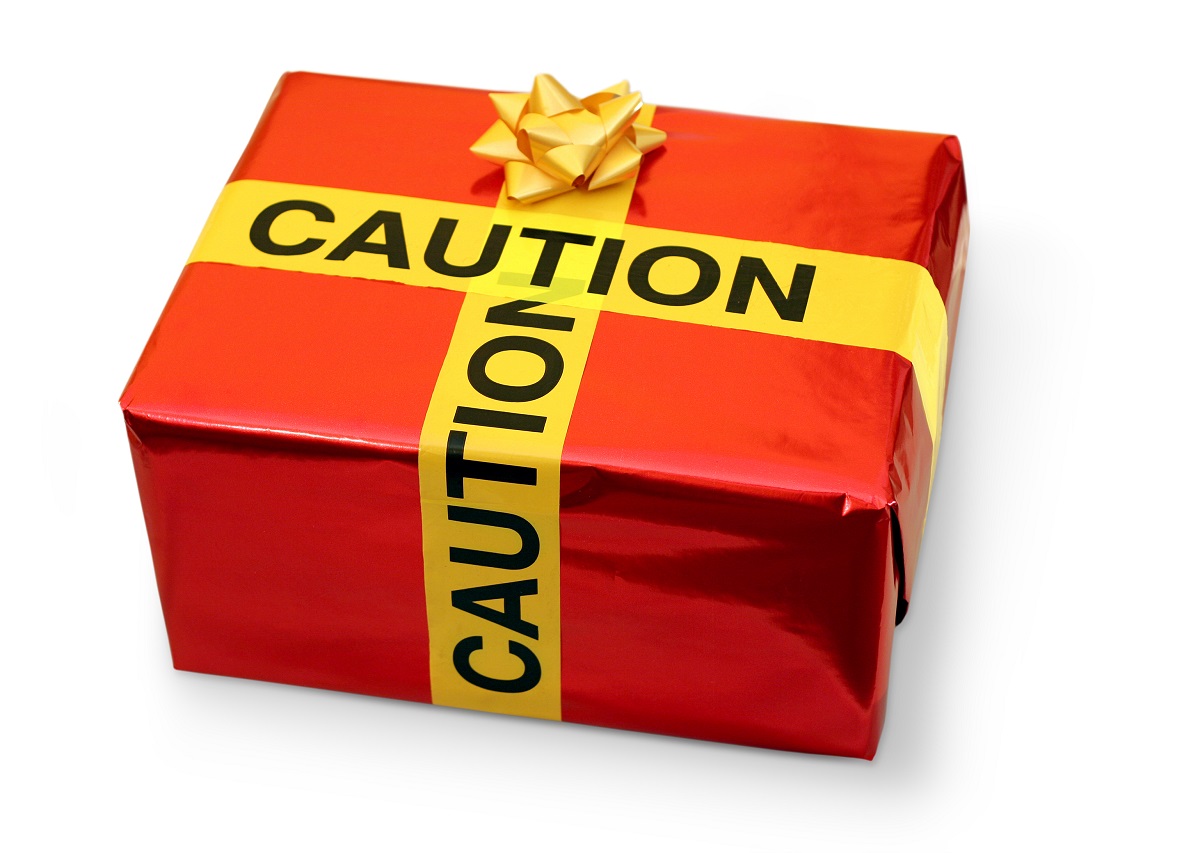The Medical Minute: Add safety to your holiday gift list

The paper tears, the eyes widen and the grin gets huge. What’s better than wowing the little person on your holiday shopping list with the perfect toy?
Just remember, that perfect toy needs more than just the right batteries.
“Not all toys are safe,” said Dr. Mary Catherine Santos, a pediatric surgeon at Penn State Health Children’s Hospital. “We see problems with children requiring surgery or having traumatic injuries from toys where the child isn’t supervised or the toy is given to a child of the wrong age.”
In the U.S., about 200,000 children each year visit an emergency room for toy-related injuries, said Jen Lau, program manager of Pediatric Trauma and Injury Prevention at Penn State Health Children’s Hospital. The reasons range from poisoning to choking hazards.
“It’s important that we pause to make sure things are safe,” Lau said.
But in the season of peace and joy (not to mention holiday parties, travel and marathon shopping sprees) how do you do that?
Below, Lau and Santos offer their thoughts on what to watch for and where you can turn for help.
But first and foremost, both say the key ingredient to a safe holiday is parental supervision.
“It happens when you’re not watching,” Santos said. “There is no substitute for supervision and present parenting.”
For starters, what should parents look for?
It’s not the only thing, but “anything with button batteries or magnets,” Santos said.
“Toddlers instinctively explore by putting things in their mouth,” Lau said. “It’s developmentally what they do. And button batteries are literally life threatening.”
For example, small children can become hypnotized by a Christmas card that plays music and features moving parts. But the curious fingers of an unsupervised toddler can make short work of the paper parts of the card, giving the child easy access. “We’ve seen death because of it,” Lau said.
Inspect all the new toys your child receives this holiday season. Pay attention to labels ― like age guidelines, small parts and non-toxic indicators. Make sure battery compartments are secure and can’t be opened. Make sure younger children can’t access the potentially unsafe toys of their older siblings.
Also:
- Always follow age labels on toys. Toys labeled 3-plus may contain small parts that are choking hazards. You might think your offspring is incredibly gifted, but these guidelines are not a comment on intelligence. Age labels are a safety guide based on the developmental skills and abilities of children at a given age and the specific features of a toy.
- Buy your toys only from a reputable seller with a known brand. Economic hard times lead to a spike in counterfeit or knock-off toys sold by illicit sellers. These toys are unlikely to comply with strict toy safety laws. When buying online, check product reviews and pictures. If you find few reviews or if the reviews are largely negative, this is a red flag for a potential counterfeit product. Poorly photoshopped pictures, typos or spelling errors in the online description are another clue the product could be illegitimate.
- Inspect the product and packaging to check for broken or damaged parts that may break off and pose a choking hazard.
What resources can provide parents with guidance on unsafe toys and gifts?
Check playsafe.org, which Includes toy safety tips and safe toy buying guides. In particular, peruse the Toy Recalls section. Recalled toys are not always removed from shelves in a timely manner and can sometimes still be sold days or weeks after they’re judged to be dangerous.
World Against Toys Causing Harm releases a “10 Worst Toys” each holiday season, that include the highest safety risks.
What are some of the more common safety hazards parents can avoid?
In addition to the aforementioned button batteries:
- Magnets or toys containing magnets. If ingested, magnets may be attracted to each other through intestinal walls and can cause perforation, twisting and/or blocking of the intestines, infection, etc. When multiple magnets are ingested, surgery may be required for removal and sections of the intestine may need to be removed.
- Fidget spinners that have small removable parts are choking hazards.
- Stuffed toys or pillows should be given with caution to infants. They should never be placed in crib with the infant due to potential suffocation.
- Chemistry sets contain potential toxic substances that are harmful when ingested. If you suspect your child has ingested some, contact Poison Control at 1-800-222-1222.
Where can you report an unsafe toy?
The Consumer Product Safety Commission. Also, try the safety hotline at 1-800-638-2772 to report unsafe products.
Related content:
- The Medical Minute: Toy safety tips for the holidays
- The Medical Minute: Safe cooking over the holidays
The Medical Minute is a weekly health news feature produced by Penn State Health. Articles feature the expertise of faculty, physicians and staff, and are designed to offer timely, relevant health information of interest to a broad audience.
If you're having trouble accessing this content, or would like it in another format, please email Penn State Health Marketing & Communications.
